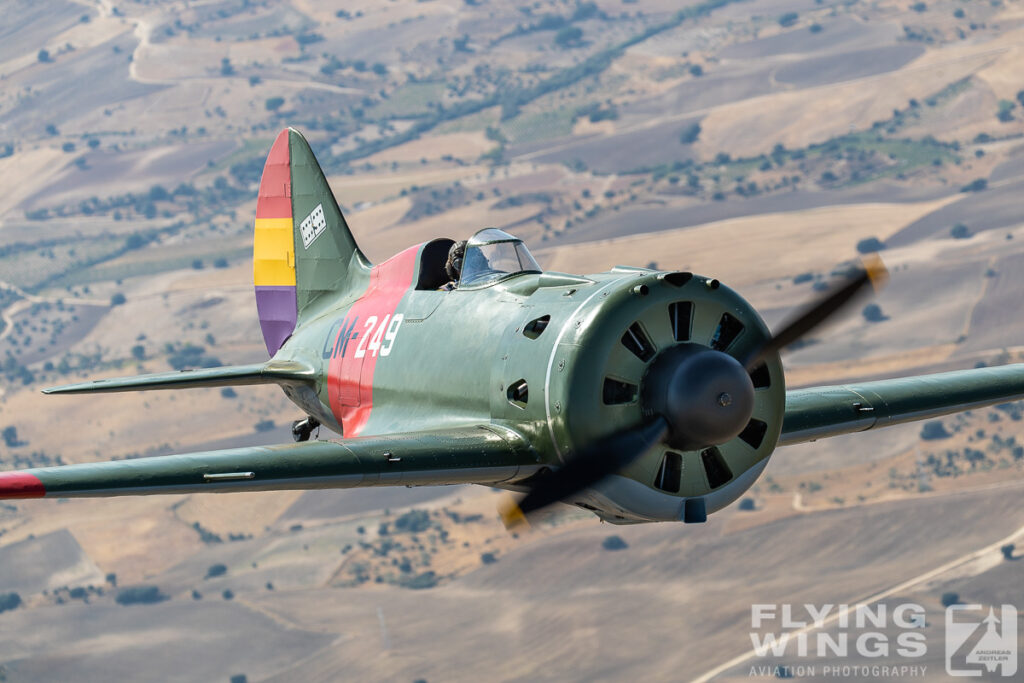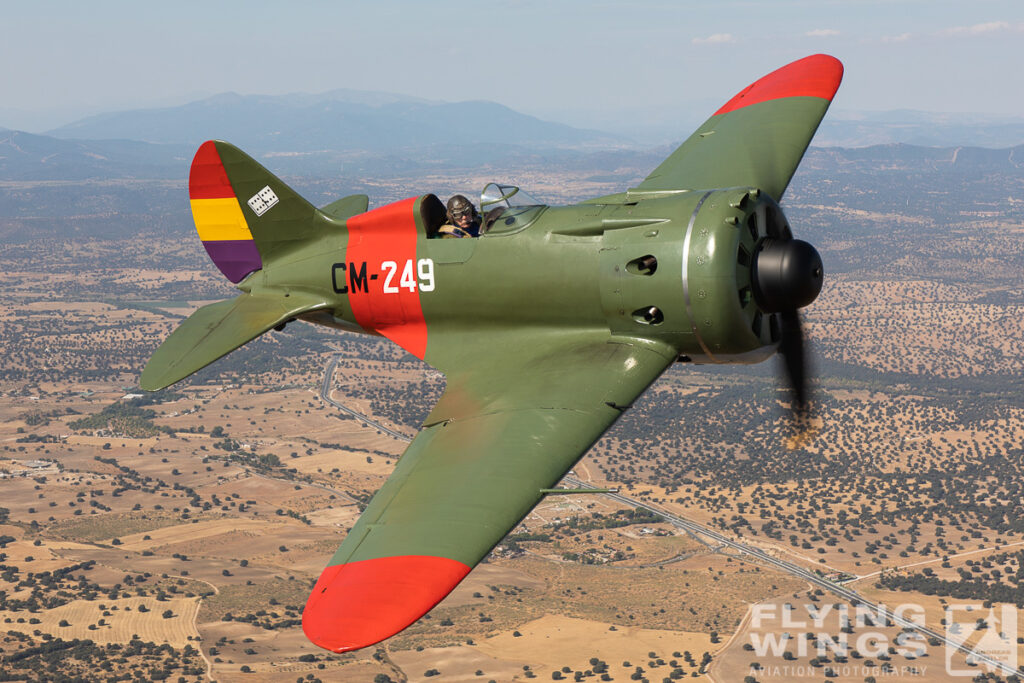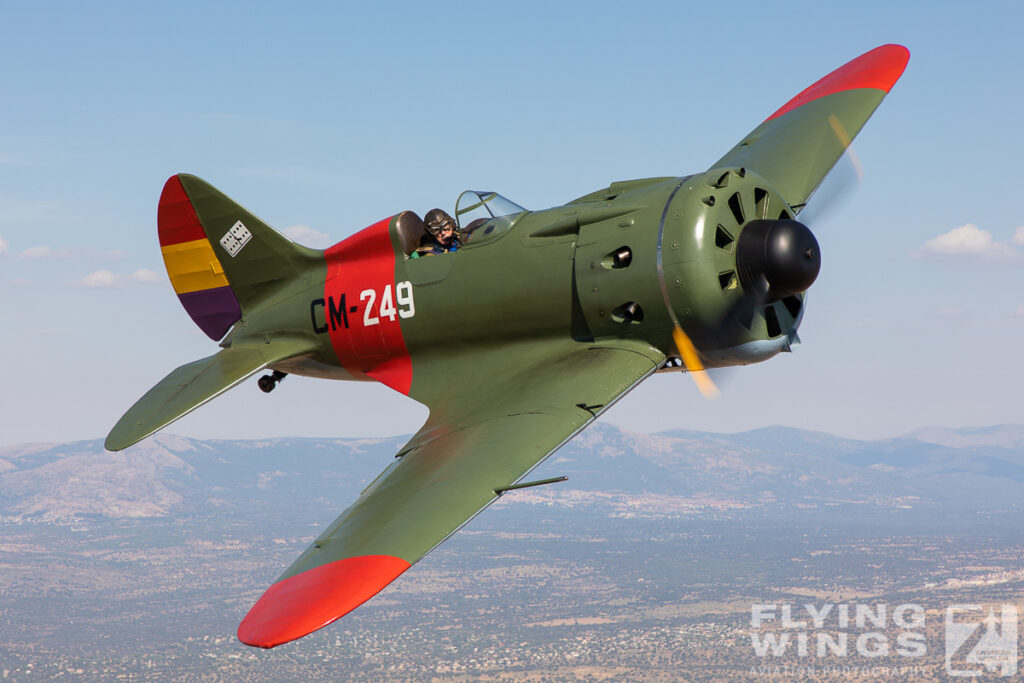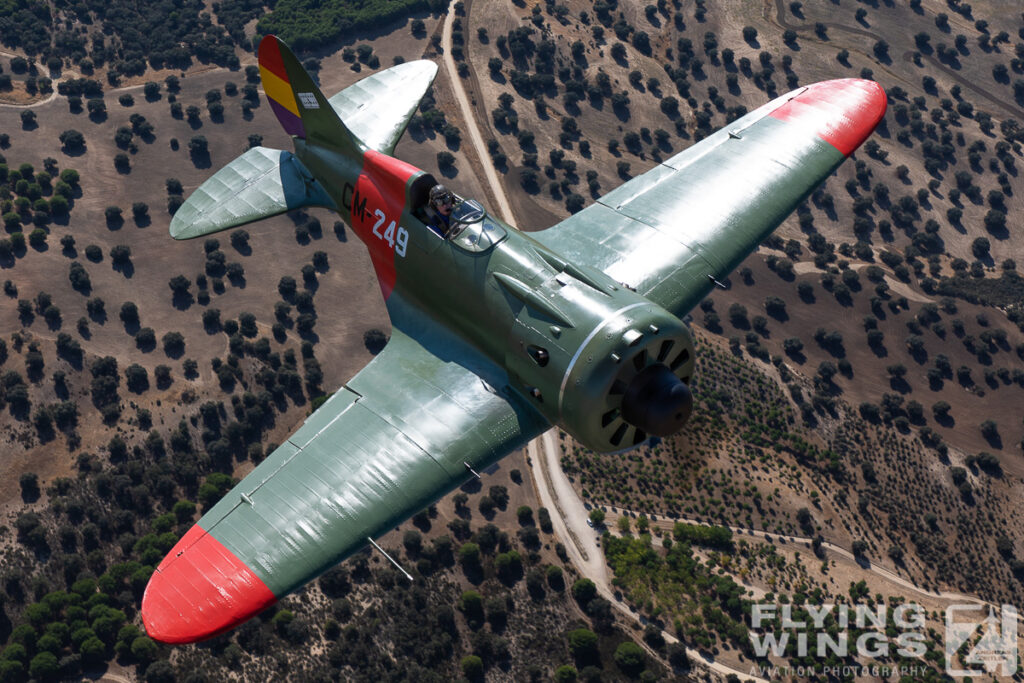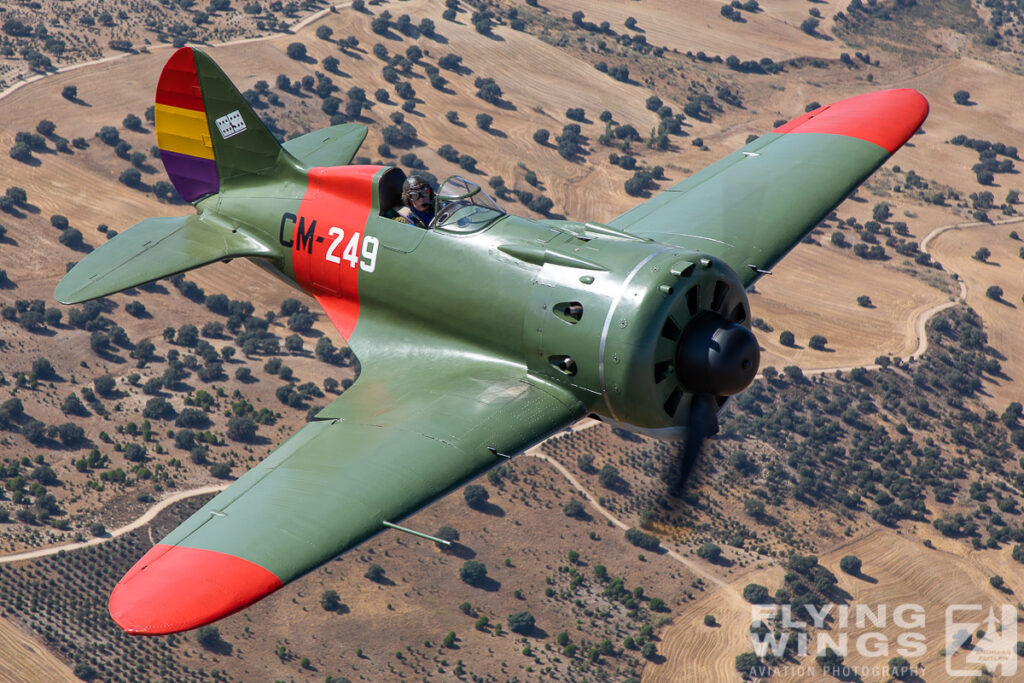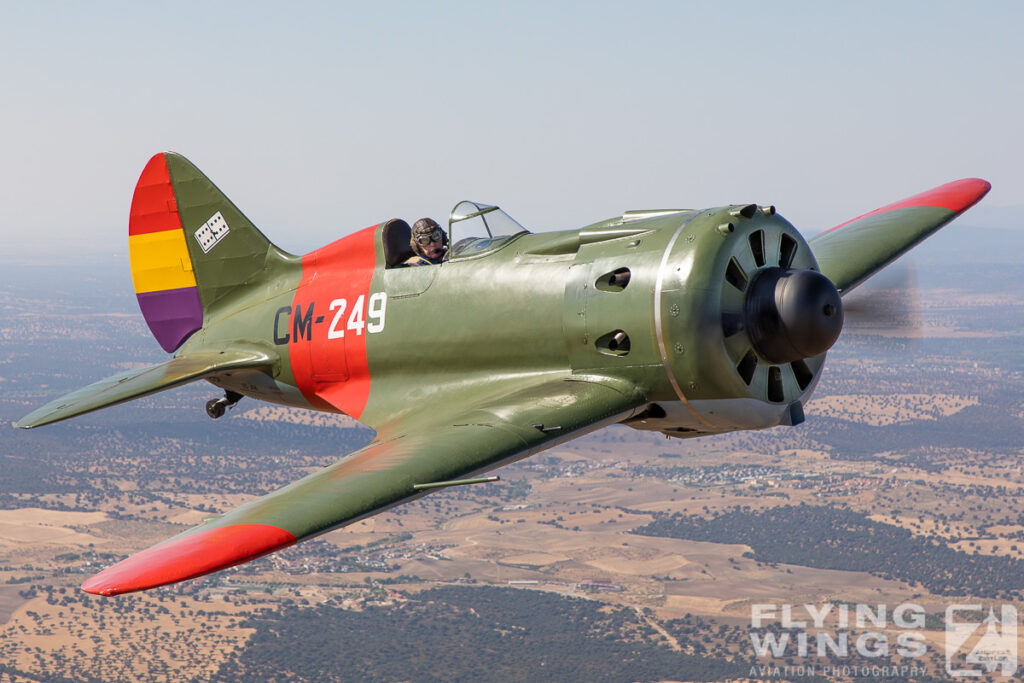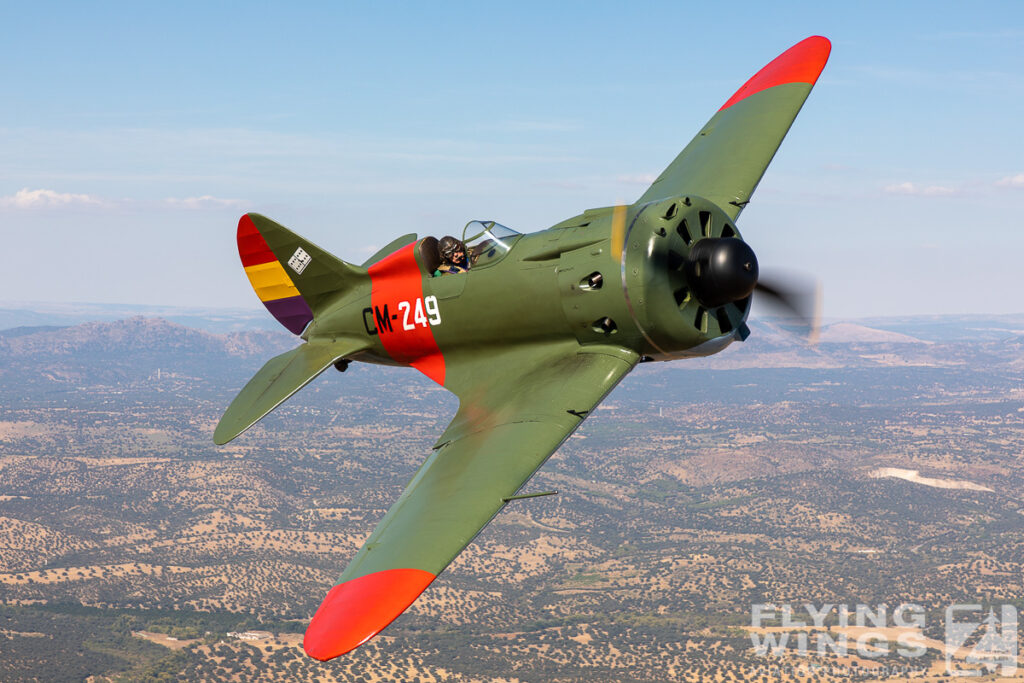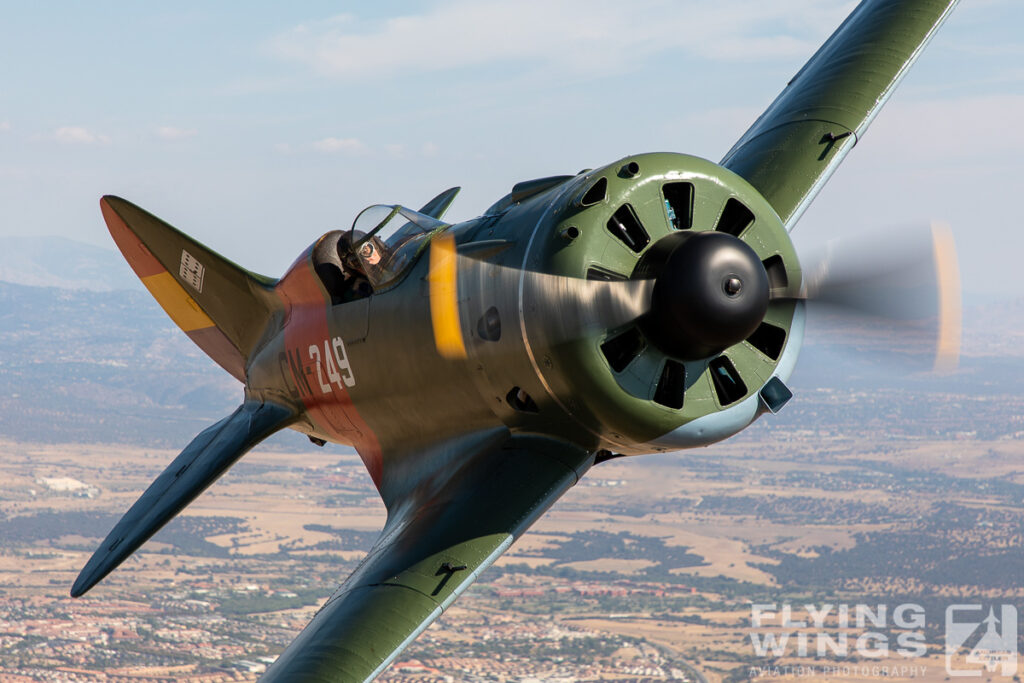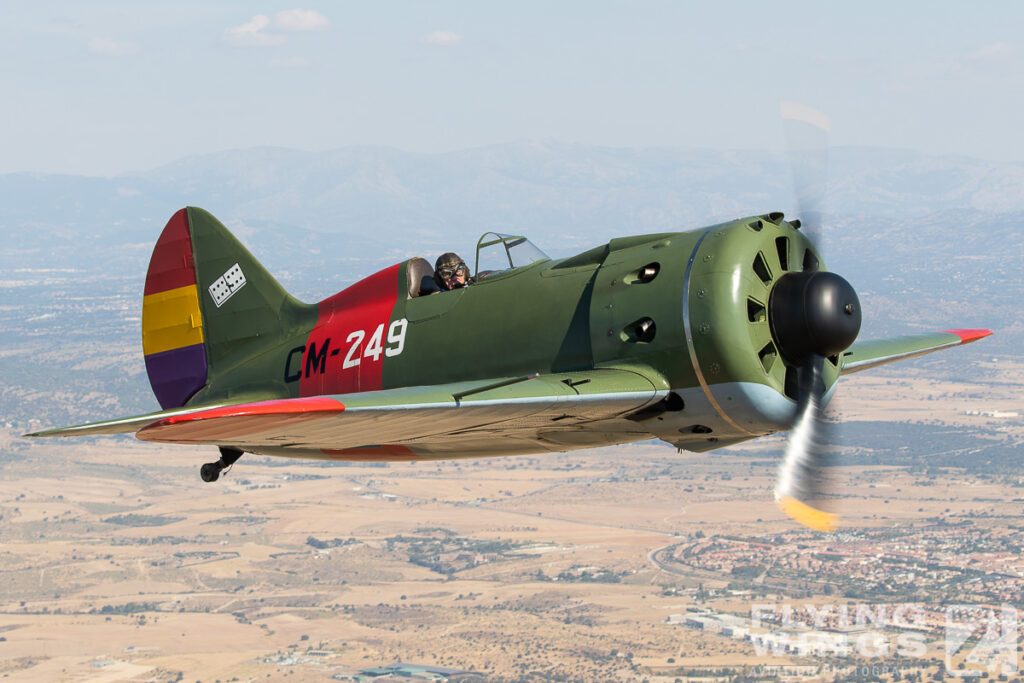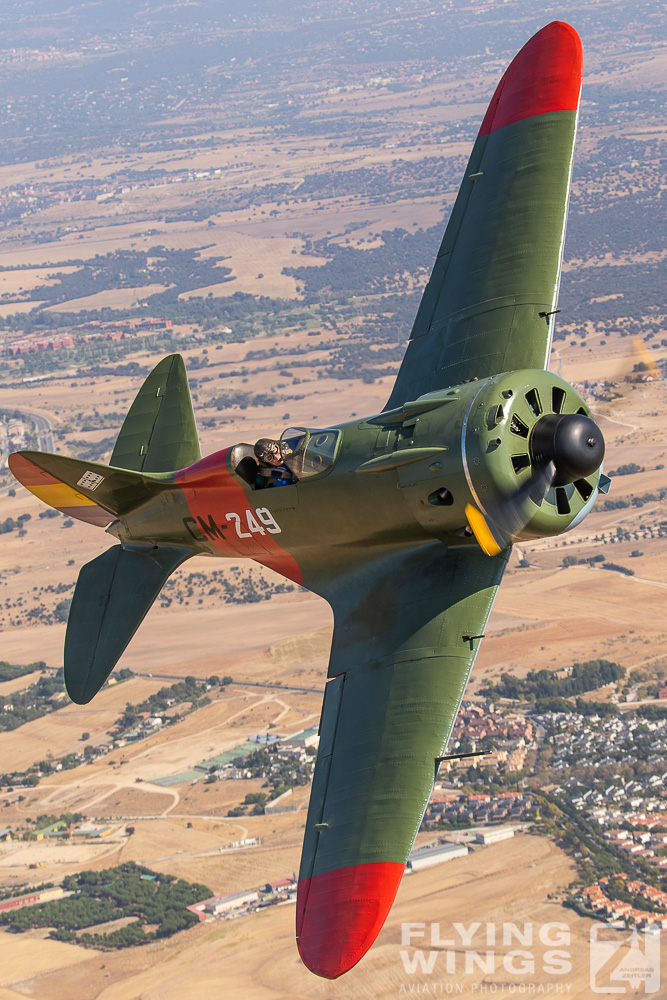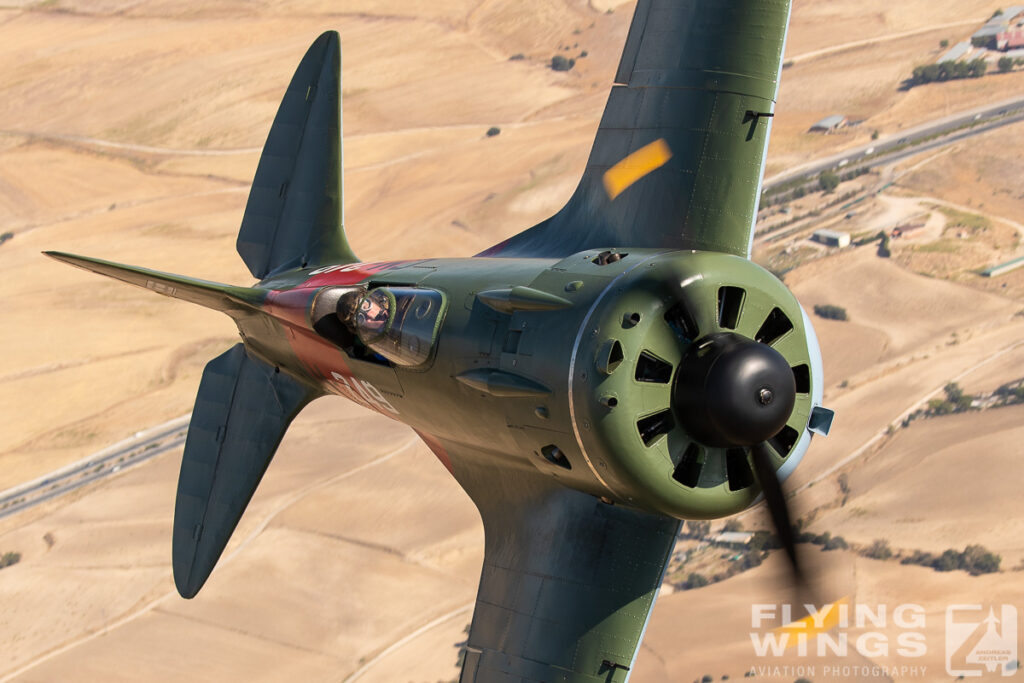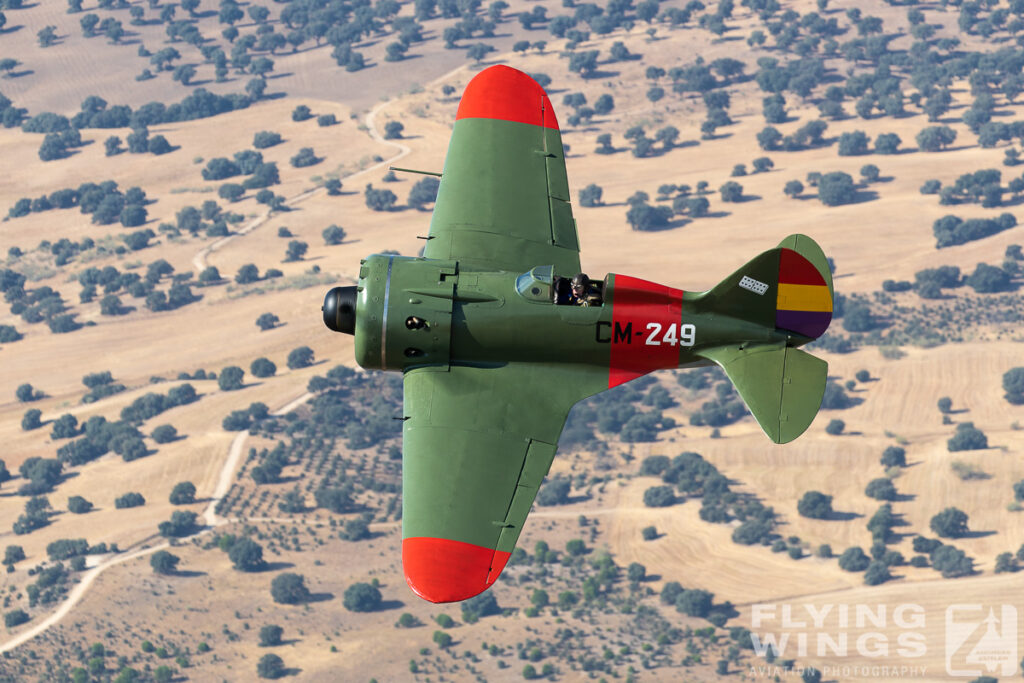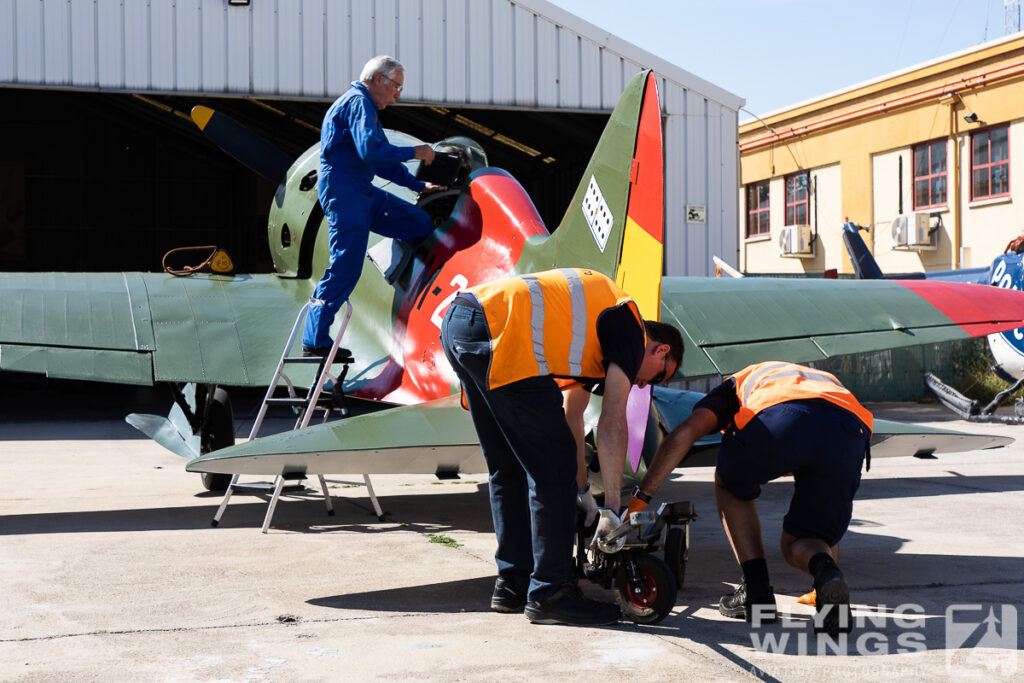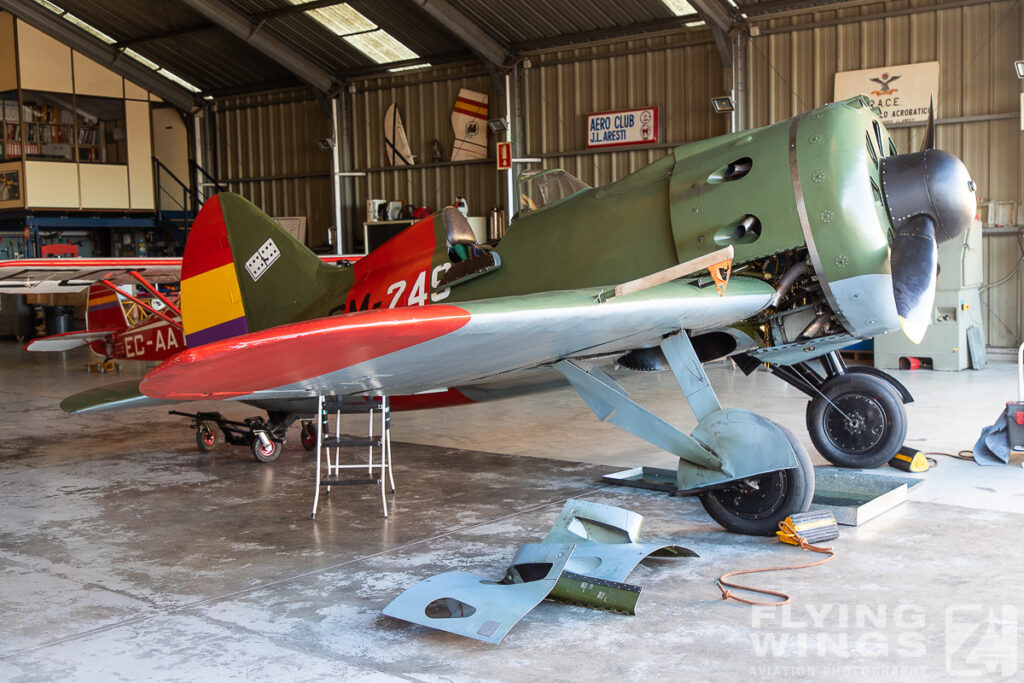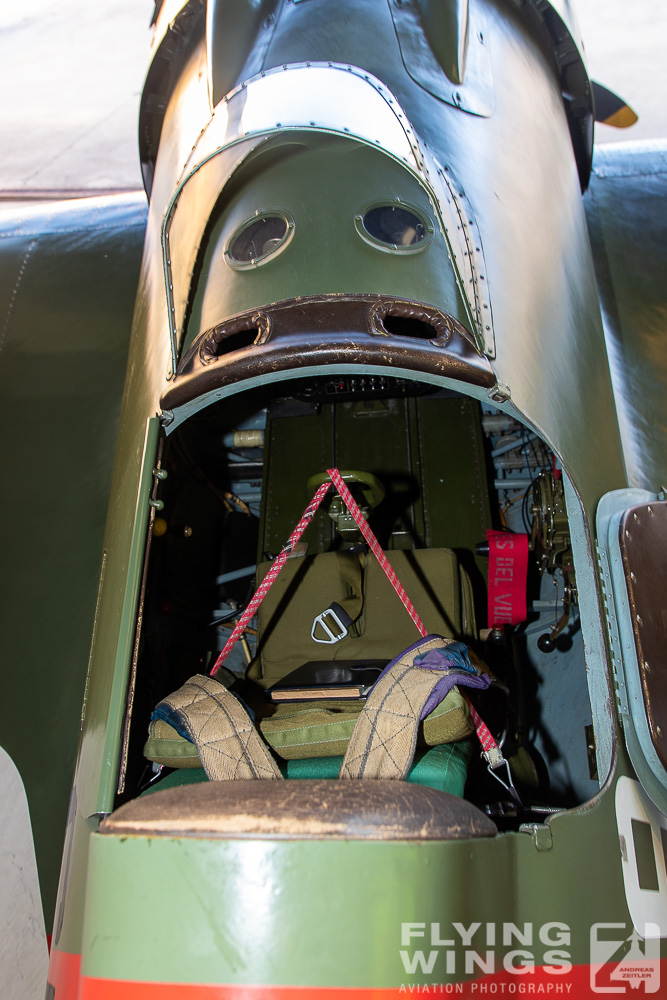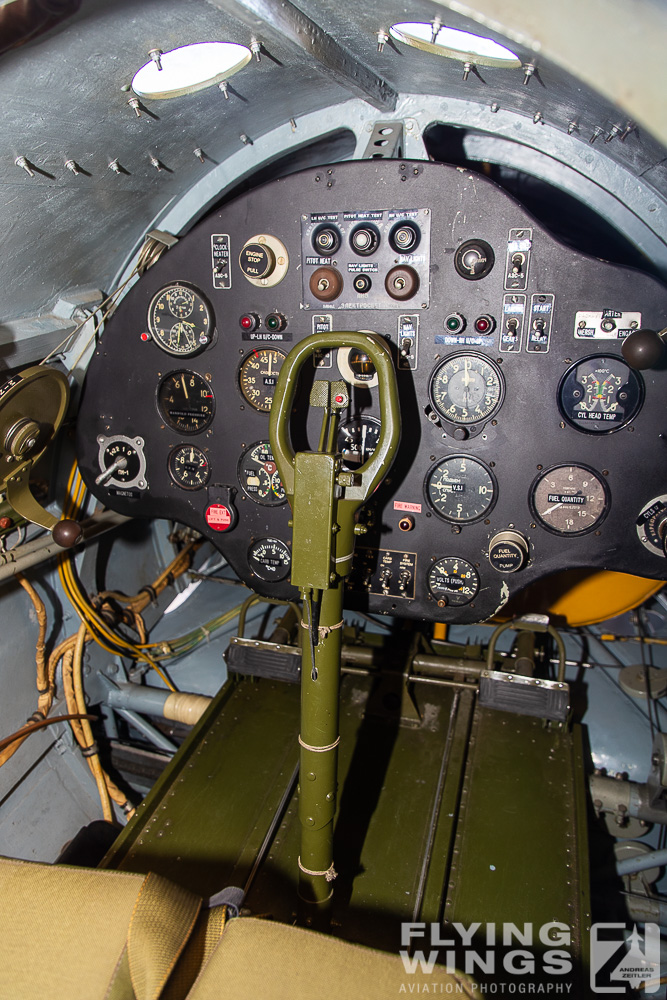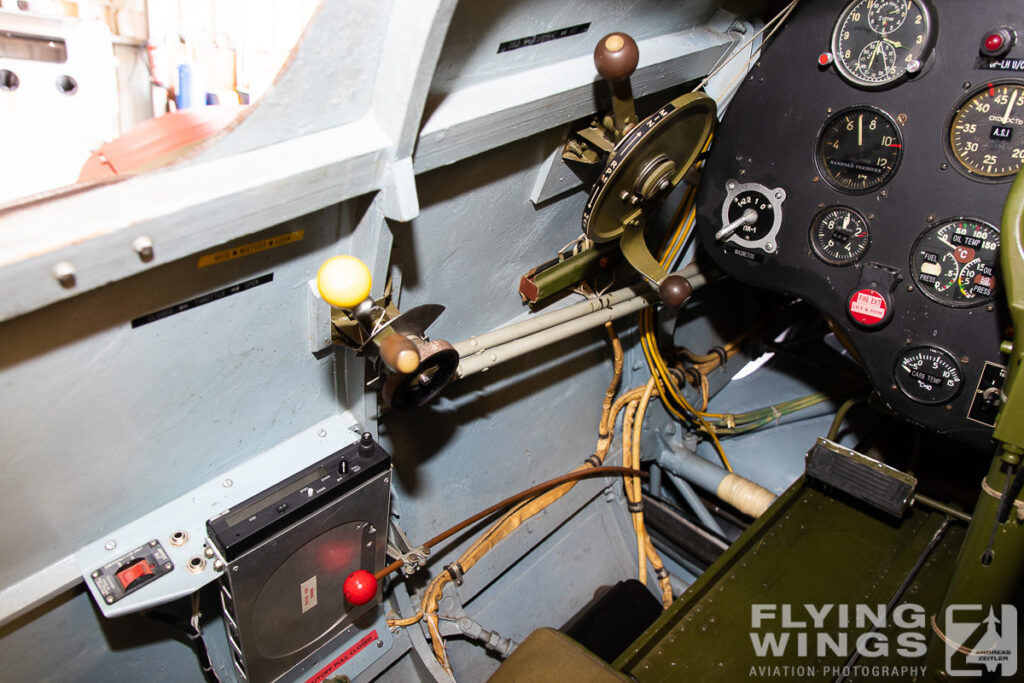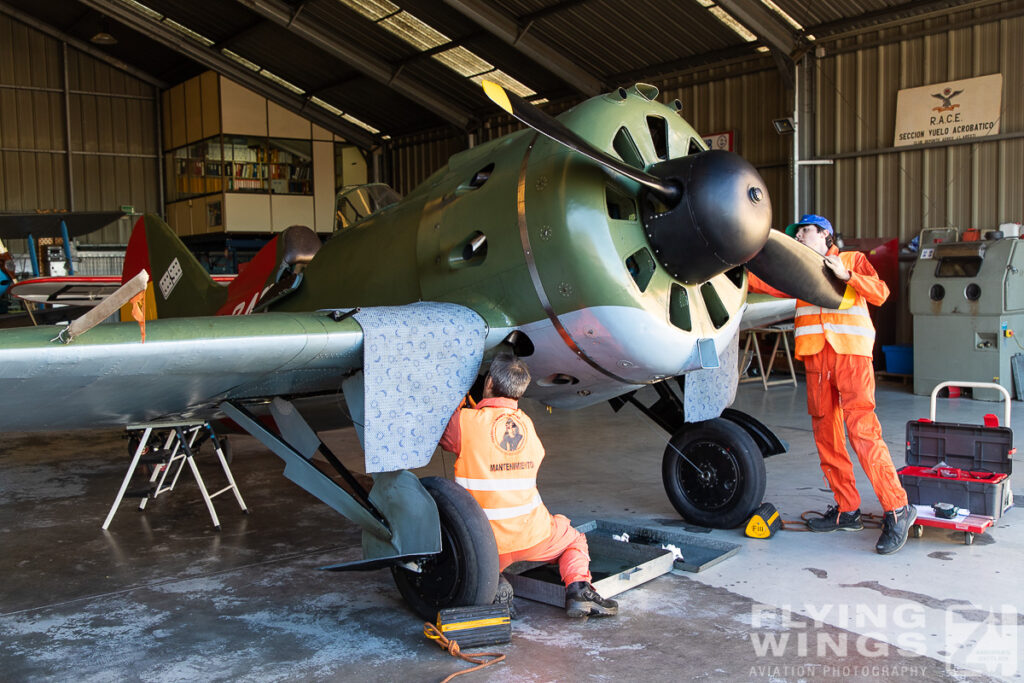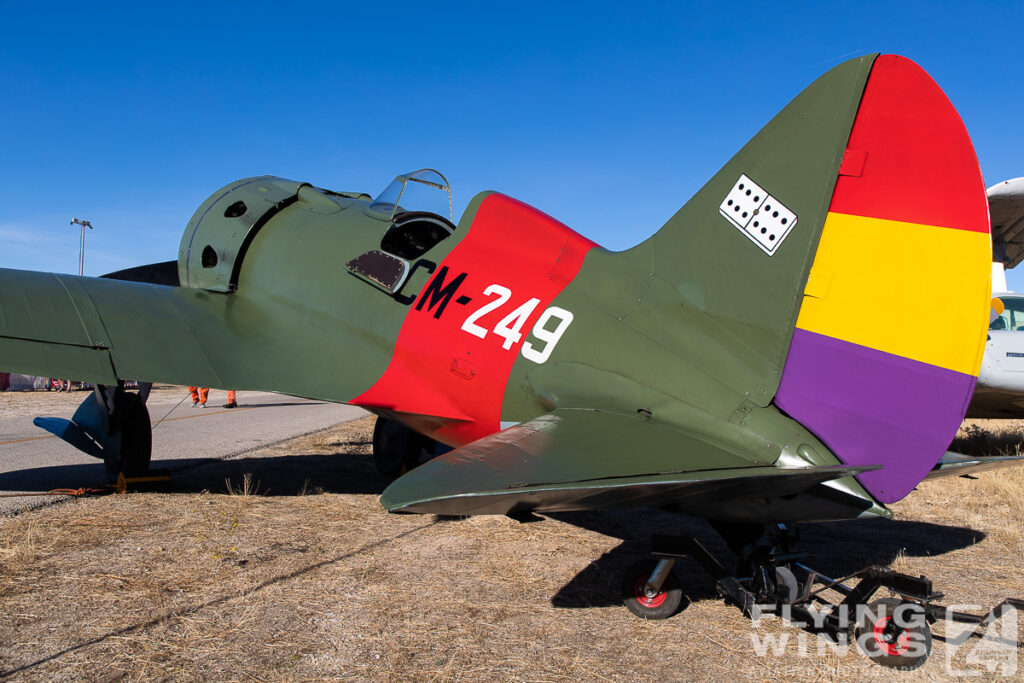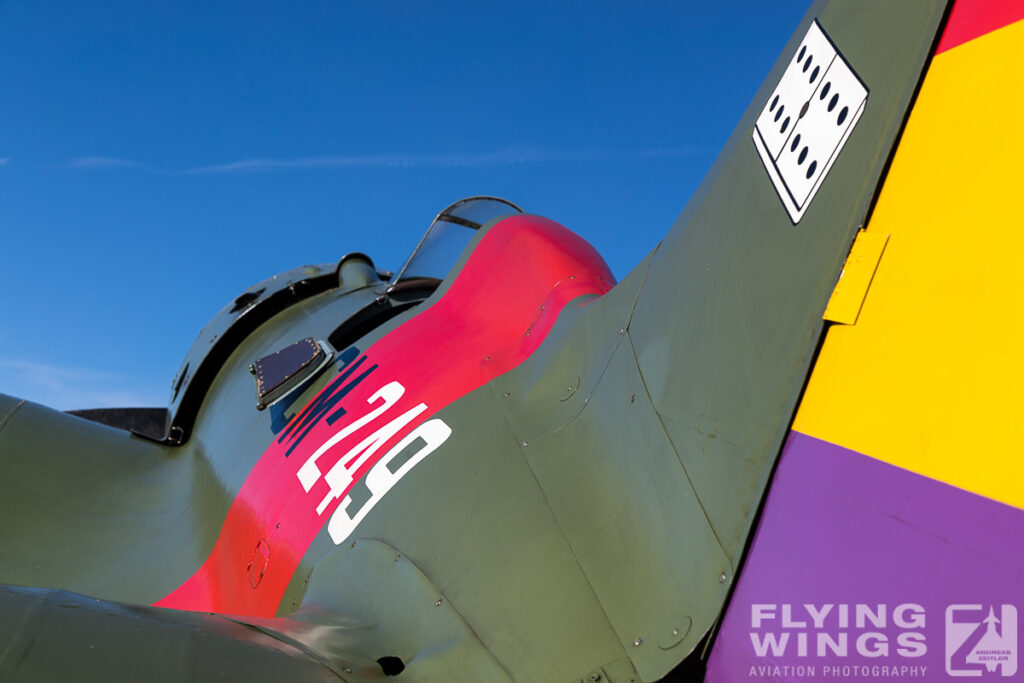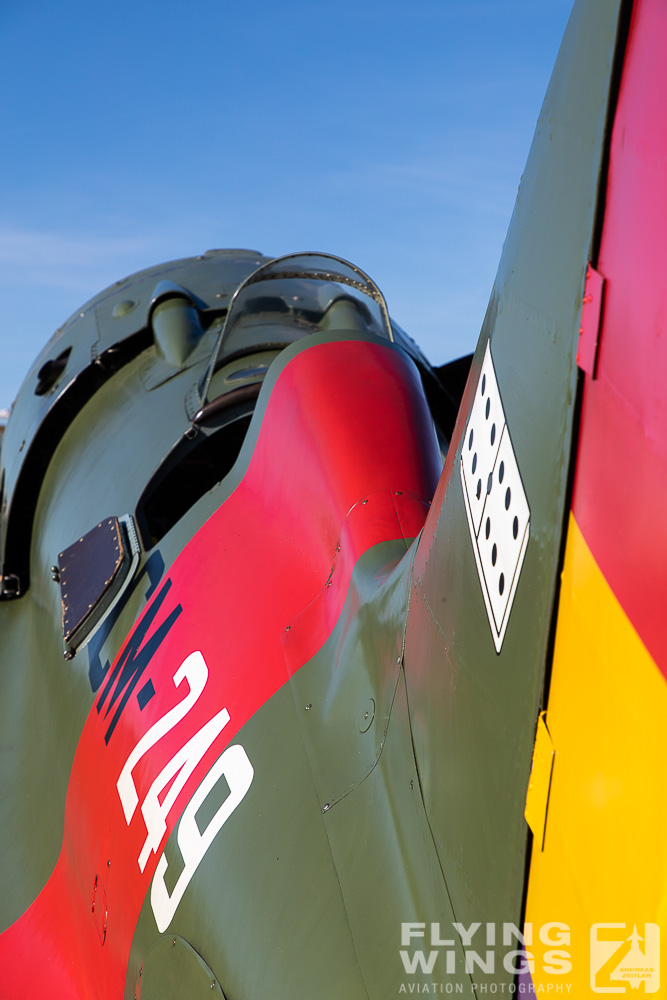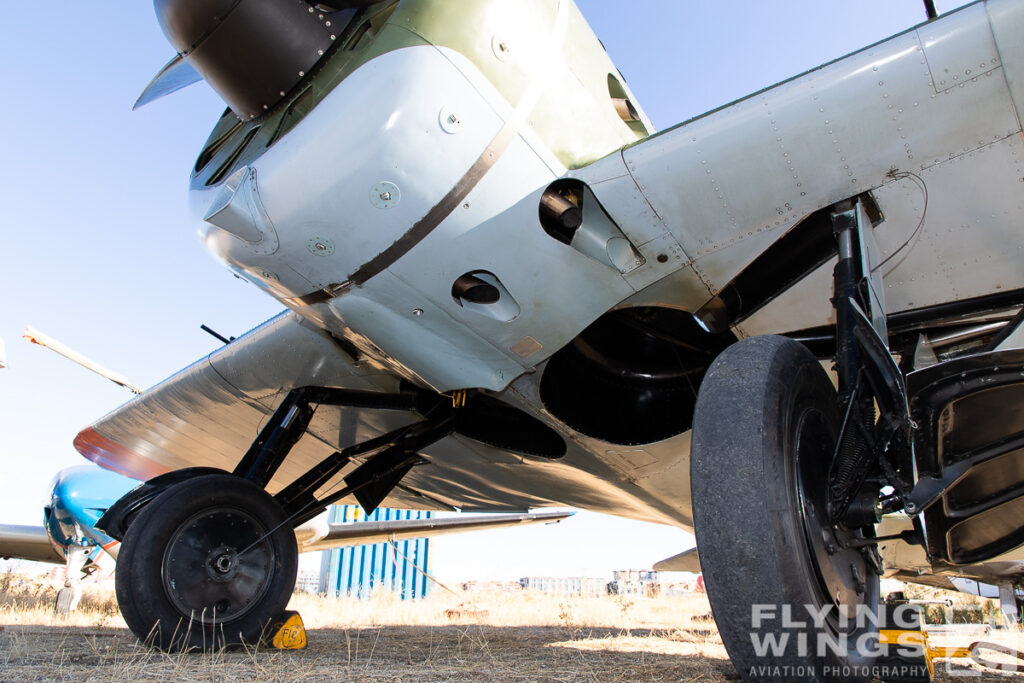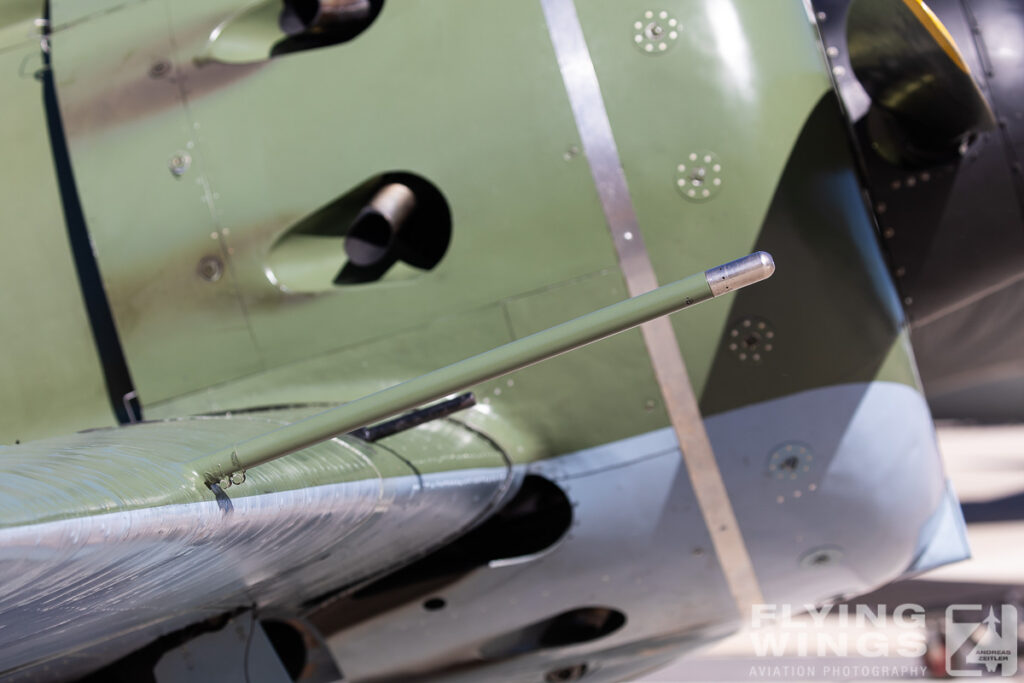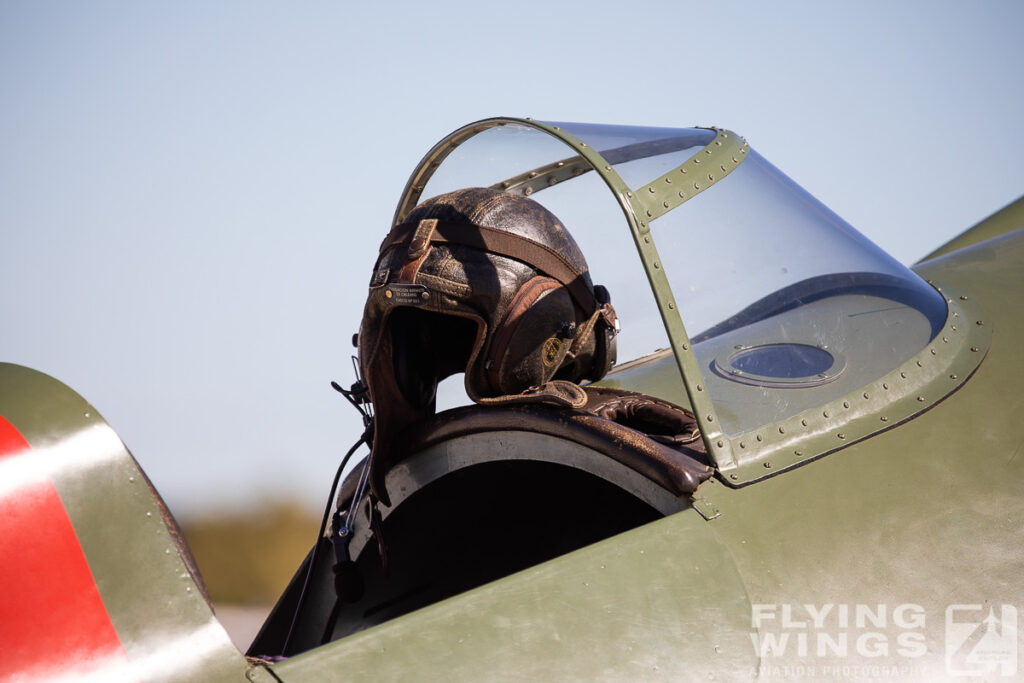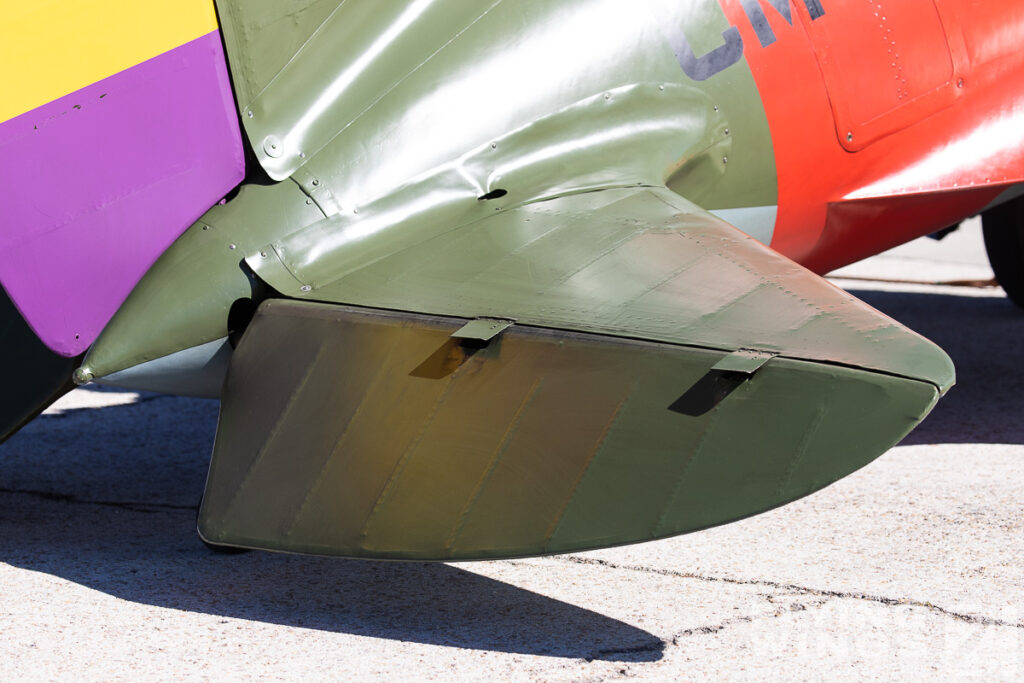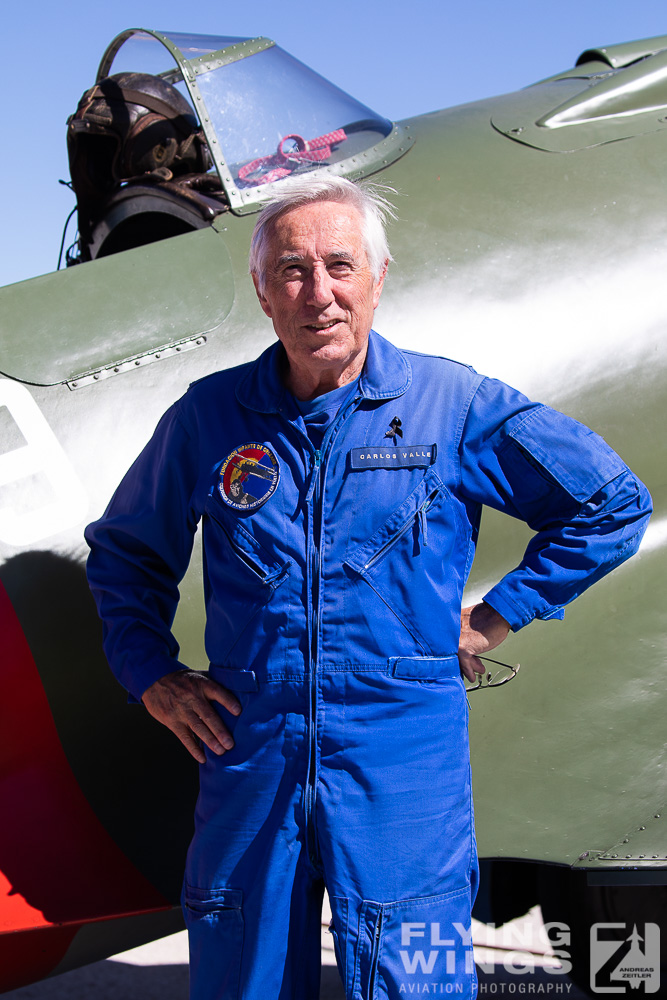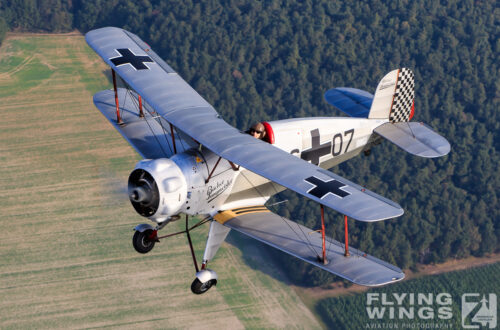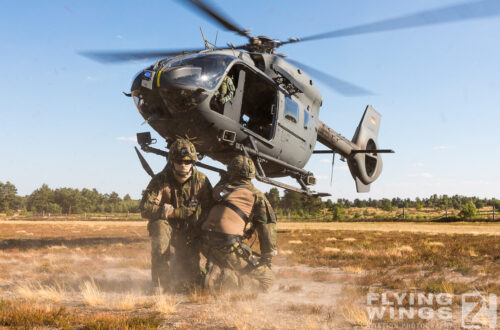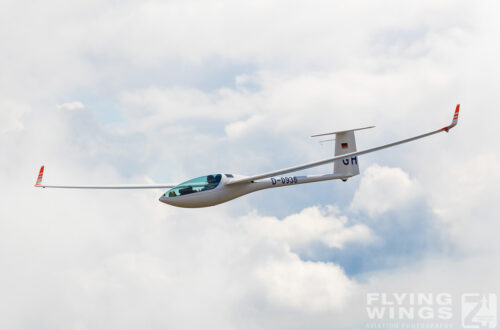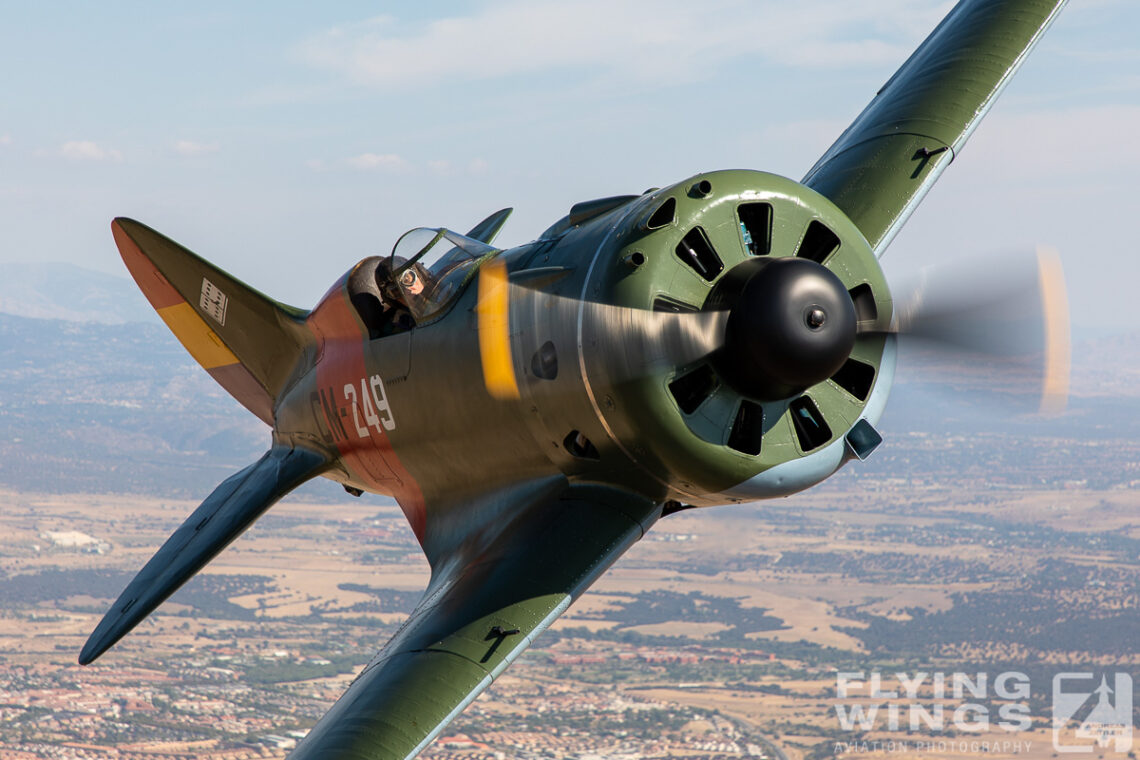
Polikarpov I-16 Mosca at Madrid
The Polikarpov I-16 Rata is a rare bird. Only a dozen of originally more than 8500 produced aircraft exist, including seven that have been re-build for Sir Tim Wallis’ Alpine Fighter Collection in the 1990s. Amongst them the Madrid-based I-16 “Mosca” in the hands of the Spanish Fundación de Infante de Orleans (FIO) is the only one to fly regularly. I was fortunate to go up in the air with it for an amazing photoflight.
Where? Cuatro-Vientos / Madrid, Spain
When? October 2018
Looking at the airplane with its stubby fuselage and that huge nine-cylinder Shvetsov radial engine it already becomes obvious that this warbird is demanding to fly. For Carlos Valle, the FIO’s president and currently only pilot to fly this I-16, sitting behind the controls of the Mosca is fun. But he emphasizes that extensive flying experience in aerobatic aircraft such as the Czech-build Zlins was vital in mastering the I-16. And still compared to the joy of flying, the take-off and especially the landing is a different story that requires utmost pilot attention.
Amazing Polikarov I-16!
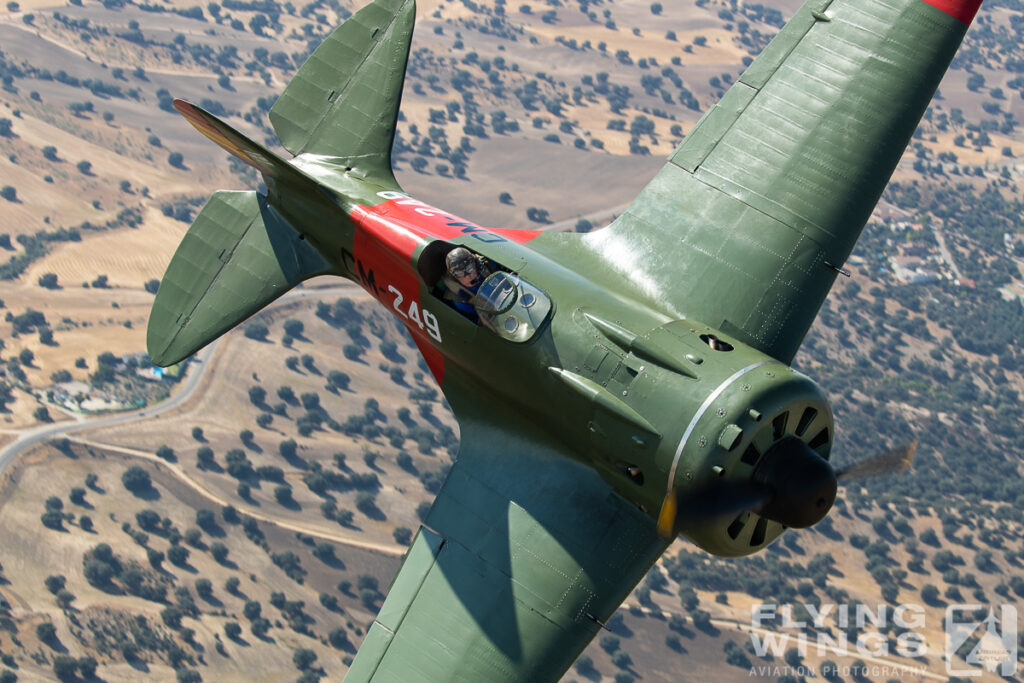
The I-16 delicate handling characteristics are sure one of the main reasons that seeing this plane in the air are so rare. But when in the air, the I-16 is amazing! Gone is the impression of a stubby looking plane on ground when you get to see its large wings from the top. Due to its small fuselage it is very agile, and don’t forget it was the world’s first low-wing cantilever monoplane fighter with retractable landing gear. It was only the closed canopy that was missing to open a whole new era of warplanes.
Mosca or Rata – what’s in a name
And it is also only while flying that the other distinctive feature of the Mosca becomes alive: its massive 1100hp Shvetsov M-63 9-cylinder radial engine. It was impressive to hear it babbling even with the noise of the slipstream of our photo aircraft. And when the I-16 approached our Dornier Do-27 photoship from behind, it’s not-so-nice nickname “Rata” – which literally means rat – became obvious. During the Spanish civil war the Nationalists gave her that name. In the air the Ratas appeared first as small black dots in the sky, which soon got bigger and bigger. As this sight of a swarm of aircraft jumping at them during a dogfight reminded the Nationalists of rats coming out of a sewage drain, that name was settled. For the Republicans it was the Mosca, Spanish for fly, but also a variation of Moscow, the name of the Soviet Union’s capital that could be found on the shipping crates.
Spanish legendary fighter pilot Jose Maria Bravo
It is also that very close relation to Spanish history that made the FIO buying this rare aircraft. And obviously it was painted in the colour scheme of “CM-249”, representing the aircraft of Spain’s most prominent and even legendary fighter pilot Captain Jose Maria Bravo, commanding officer for 3 Escuadrilla. When Bravo was still alive, he was a regular visitor to FIO at Madrid – Cuatro Vientos to see ‘his’ plane flying.

Go and see the Mosca at Madrid!
FIO celebrates a flying day on each first Sunday of the month. The only exception are January and the hot summer months July and August. The chances are high that you get to see their I-16 Mosca flying during this event. Check out their website at http://fio.es/ about the actual schedule.
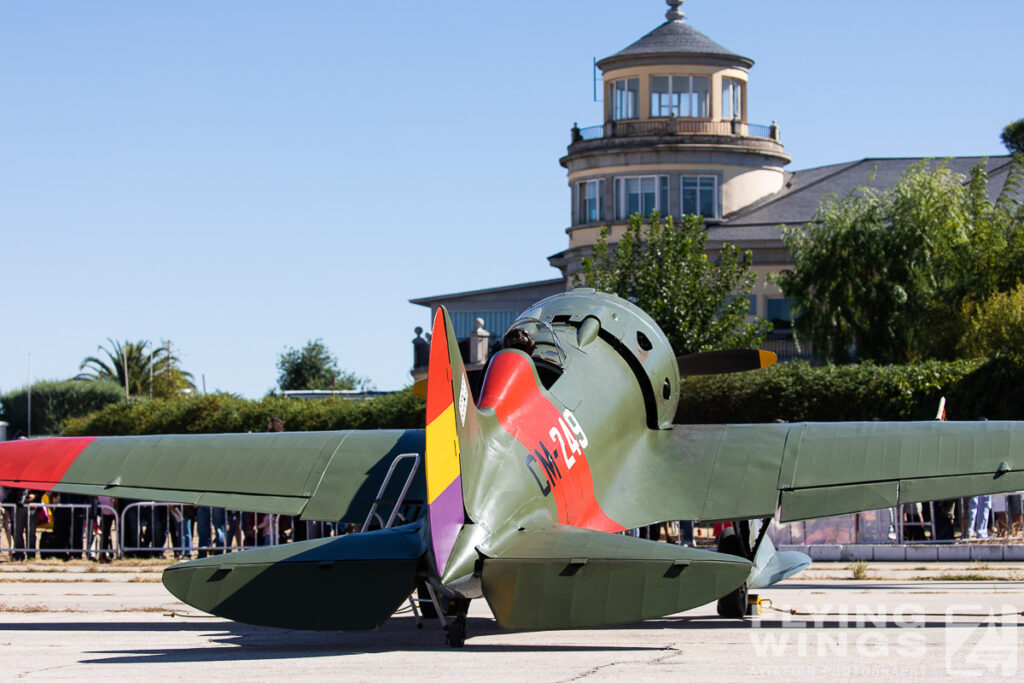
A report about this event can also be found on this website in the airshow section.
Fundación de Infante de Orleans Polikarpov (FIO) I-16 Mosca Photo Gallery



